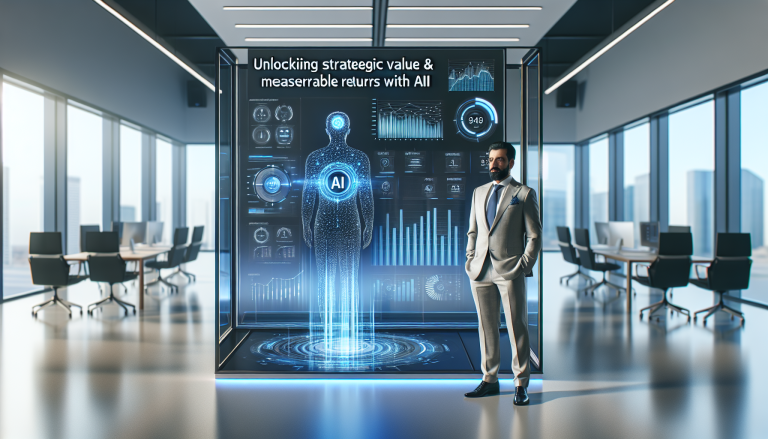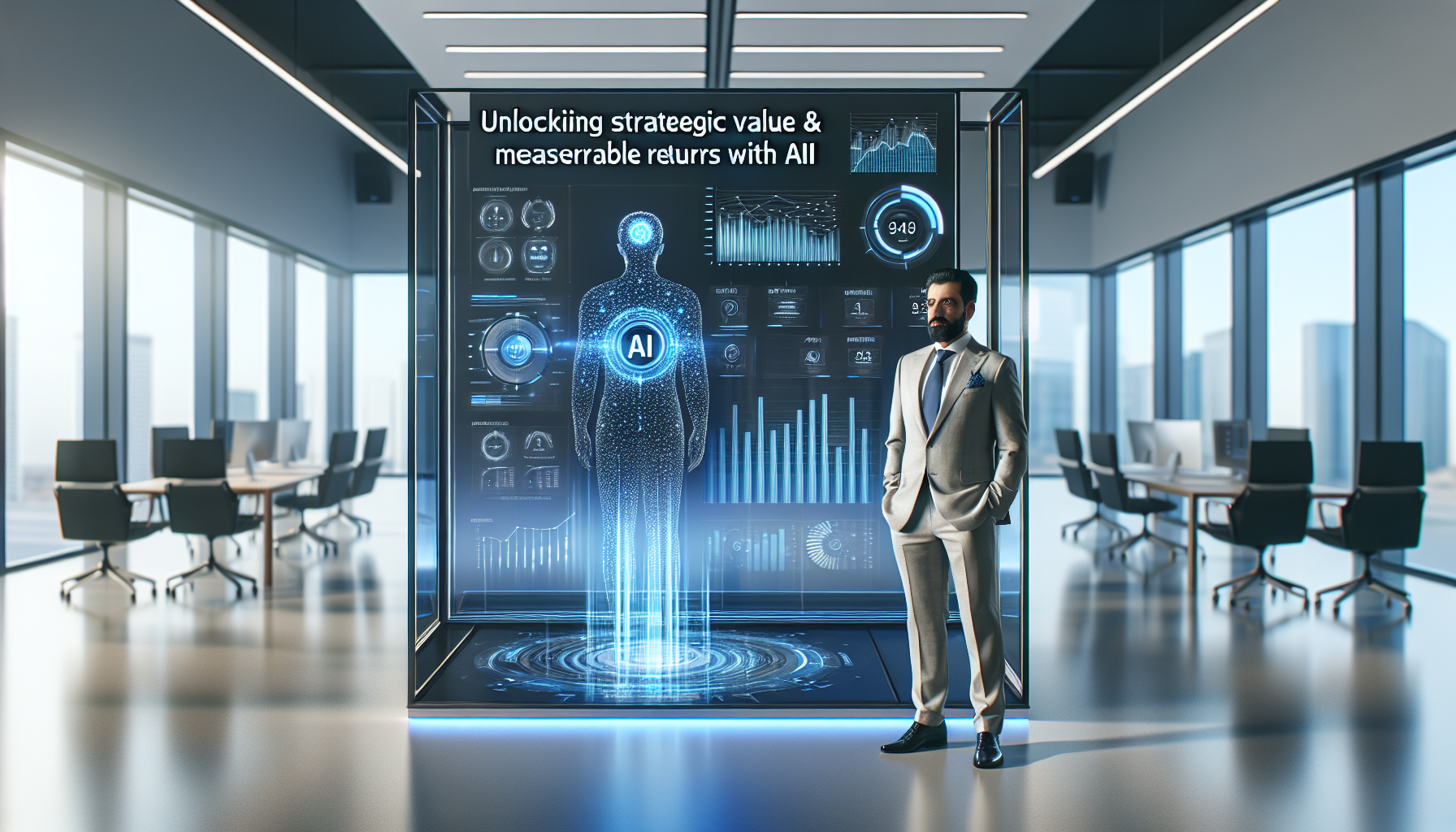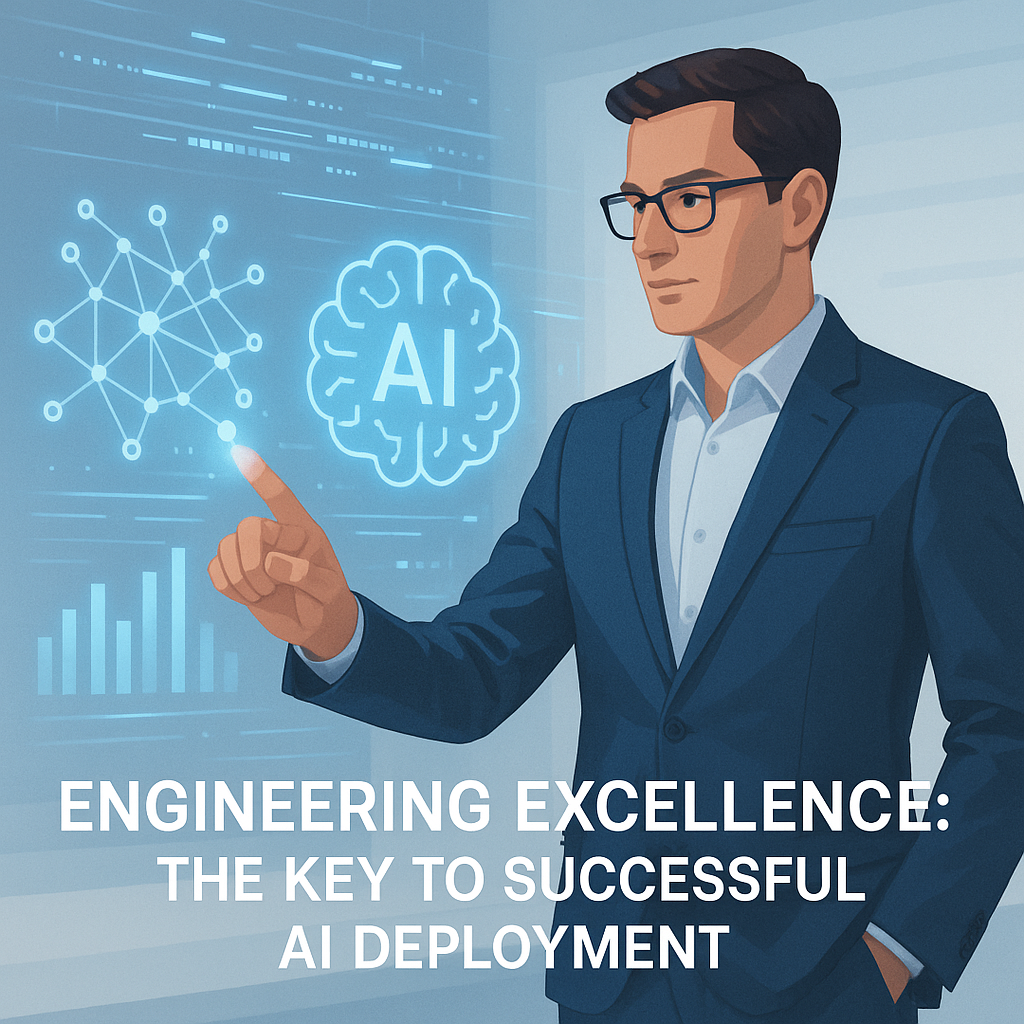Aligning AI Solutions with Business Goals: The Strategic Imperative
In today’s competitive landscape, artificial intelligence (AI) has transitioned from an experimental technology to an indispensable driver of innovation and operational excellence. Yet, the true value of AI emerges only when organizations align AI solutions deliberately and strategically with their core business goals. This alignment transforms AI from a standalone marvel into a pivotal business enabler, ensuring that investments yield measurable returns while enhancing sustainable growth.
Understanding the Holistic Business Context
To harness AI effectively, strategic leaders must adopt a holistic view of their organization’s ecosystem, including market dynamics, customer expectations, operational capabilities, and long-term vision. AI projects rooted in technology alone risk creating siloed solutions disconnected from business imperatives. A methodical approach begins with a comprehensive assessment of business objectives—from revenue growth and customer retention to operational efficiency and innovation capacity.
For example, a retail company aiming to increase customer lifetime value might prioritize AI-powered personalization engines, while a manufacturing firm focused on cost reduction could implement AI-driven predictive maintenance. Both scenarios highlight the importance of tailoring AI initiatives to distinct strategic priorities rather than employing generic, one-size-fits-all applications.
Defining Actionable AI Solutions Through Objectives
Operationalizing AI requires translating abstract business goals into clear, actionable AI solutions. This step demands cross-functional collaboration involving executives, data scientists, and frontline employees. Actionable AI solutions must address specific pain points or opportunities, such as:
– Automating repetitive tasks to free human talent for higher-value activities
– Enhancing decision-making with data-driven insights and forecasts
– Improving customer experience through intelligent interaction and personalization
– Optimizing supply chains using predictive analytics and demand forecasting
A sharp analytical mind scrutinizes each opportunity for feasibility, ROI, and integration complexity. By prioritizing initiatives with the highest strategic impact and manageable technical risks, organizations avoid resource dilution and deliver meaningful outcomes.

Bridging the Gap Between Ambition and Execution
A prevalent challenge is the “last-mile” gap—where visionary AI plans falter during implementation. Successful alignment involves robust governance frameworks, clear KPIs, and iterative feedback loops. Leaders must foster a culture that embraces experimentation but holds teams accountable to business metrics.
Combining domain expertise with technical innovation, AI strategies should leverage existing assets such as data infrastructure, talent pools, and partner ecosystems. For instance, utilizing in-house customer data alongside AI analytics tools can unlock nuanced behavioral insights unavailable through external datasets alone.
Additionally, the integration of AI with legacy systems demands thoughtful change management. Seamless adoption depends on transparent communication, comprehensive training, and incentivization schemes that ensure all stakeholders understand how AI advances organizational goals rather than threatening jobs or autonomy.
Ethics and Responsible AI as Business Differentiators
Aligning AI with business goals extends beyond mere functionality; ethical AI deployment represents a strategic imperative. With heightened regulatory scrutiny and growing consumer awareness around data privacy and bias, companies must embed ethical considerations into AI design and execution. Responsible AI practices not only mitigate risks of reputational damage and legal sanctions but also build trust with customers and employees.
Transparent algorithms, unbiased data sets, and continuous monitoring for unintended consequences form the pillars of ethical AI. Organizations that integrate these principles set themselves apart as industry leaders committed to sustainable value creation.
Empowering Talent Through AI Synergy
AI’s alignment with business goals is not solely a technical endeavor—it requires unlocking the full potential of human capital. Far from replacing creativity and critical thinking, well-aligned AI augments workforce capabilities, automating mundane tasks and providing analytical insights that fuel innovation.
Forward-thinking organizations invest in upskilling programs that empower employees to work synergistically with AI systems. This people-first approach increases adoption rates and turns AI from a perceived threat into a collaborative partner.
Moreover, enabling teams to co-create AI tools imbues solutions with practical relevance and cultivates a sense of ownership. This integration boosts morale and translates into superior performance aligned with overarching business objectives.
Case Study: AI-Driven Customer Insights in Financial Services
Consider a leading financial institution seeking to deepen client engagement while reducing operational costs. The business goal was clear: increase customer lifetime value through personalized experiences without escalating support expenses.
By aligning AI initiatives with this objective, the company implemented an AI-powered customer insights platform that combined transaction data, behavioral analytics, and social sentiment analysis. Actionable AI solutions surfaced distinct client segments with tailored product recommendations and proactive service interventions.
Simultaneously, chatbots equipped with natural language processing addressed routine inquiries, freeing human advisors for complex interactions. The measurable results included a 25% increase in cross-sell rates and a 15% reduction in support costs within the first year.
This success underscores the effectiveness of bridging strategic business goals with specific AI capabilities, supported by a holistic understanding of customer needs and operational workflows.
Measuring and Iterating for Sustained Impact
Alignment is not a static achievement—it requires continuous monitoring and adjustment as business priorities evolve. Key performance indicators must link directly to strategic goals and be accompanied by robust data governance to ensure accuracy and relevance.
AI solutions should incorporate feedback mechanisms that capture user experiences, performance metrics, and market changes, facilitating agile refinements. This iterative process ensures that AI remains a dynamic contributor to business success rather than a costly, obsolete technology.
Leaders must also foster an organizational mindset that views AI as an evolving journey—a commitment to perpetual learning and adaptation that fortifies competitive advantage over time.
Harnessing Emerging Technologies Within Alignment Frameworks
The rapid pace of AI innovation—spanning machine learning advances, natural language understanding, and edge AI—presents new opportunities and complexities. Integrating these emerging capabilities requires recalibrated alignment with shifting business goals.
For example, combining IoT sensors with AI predictive models can revolutionize asset management in logistics, while generative AI augments content creation in marketing. Each innovation necessitates careful evaluation of strategic fit, scalability, and ethical considerations.
By maintaining a clear framework for alignment, organizations can selectively adopt transformative technologies that amplify impact and avoid the pitfalls of chasing every trend without purpose.
Conclusion: The Strategic Master’s Key to AI Success
The transformative power of AI lies not in technology alone but in its strategic orchestration with business ambitions. Actionable AI solutions emerge from deep analytical thinking, holistic resource alignment, and unwavering ethical commitments.
As organizations navigate the complexities of AI integration, the focus must remain sharply on delivering tangible, measurable outcomes that advance core goals while nurturing human creativity and trust. Those who master this alignment unlock unprecedented growth, innovation, and resilience in an increasingly AI-driven world.



